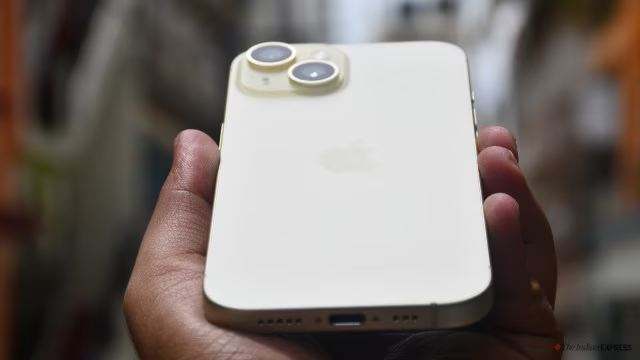In a move driven by regulatory changes in the European Union (EU), Apple has officially discontinued two of its most affordable iPhone models—the iPhone 14 and iPhone SE (3rd generation)—in regions impacted by the new USB-C mandate.

These models, which featured the company’s proprietary Lightning port, marked the end of an era as the EU pushes for a universal charging standard to curb electronic waste and streamline compatibility.
The EU’s New USB-C Mandate
On December 28, 2024, the EU made USB-C the mandatory charging standard for all electronic devices, including smartphones, tablets, and cameras. The primary goal of this regulation is to:
- Reduce electronic waste by minimizing the need for multiple chargers.
- Standardize fast charging technologies across all devices for greater convenience.
Although the new law doesn’t directly affect consumers who already own devices with Lightning or micro-USB ports, it prohibits the sale of any new electronic devices without USB-C ports in EU member states. This has posed a unique challenge for Apple, which was among the last major manufacturers to adopt USB-C.
Apple’s Transition to USB-C
Apple began transitioning to USB-C with the launch of the iPhone 15 series in 2023, replacing its proprietary Lightning port. However, Apple typically continues selling older iPhone models at discounted prices alongside new releases. The EU’s new regulation has disrupted this practice, forcing Apple to discontinue the iPhone 14 and iPhone SE (3rd generation) in Europe.
While these models are no longer available through Apple’s official channels in the EU, they can still be purchased through third-party retailers while stocks last.
Availability Outside Europe
The discontinuation applies solely to EU regions. In other markets, such as India, China, and the United States, both the iPhone 14 and the iPhone SE remain available for purchase. Apple’s decision to keep selling these models in non-EU regions reflects its strategy of catering to diverse regulatory environments and consumer preferences.
What’s Next for Apple’s Affordable Lineup?
Apple is reportedly gearing up to launch a new iPhone SE model equipped with a USB-C port in the first quarter of 2025. The upcoming device is expected to align with Apple’s global shift toward the USB-C standard while catering to consumers seeking affordable iPhones. This move will further integrate Apple’s ecosystem with the universal charging standard, ensuring compliance with regulatory trends and meeting customer expectations.
Impact on the Industry
While many Android manufacturers had already adopted USB-C as the standard for budget and flagship devices, Apple’s shift signals the complete phasing out of proprietary charging ports across the industry. This transition not only enhances compatibility for consumers but also sets a precedent for future tech regulations aimed at sustainability.
Conclusion
Apple’s decision to discontinue the iPhone 14 and iPhone SE in Europe marks a significant step in its adaptation to global regulatory changes. As the tech giant embraces USB-C across its product lineup, consumers can look forward to a more streamlined and sustainable charging experience. For those outside the EU, the iPhone 14 and iPhone SE remain available, offering an opportunity to own one of Apple’s last Lightning port models.
Discover unbeatable daily deals from Amazon, now at Ampixi.com! 🛍️ Shop smart, save big! 💸✨
